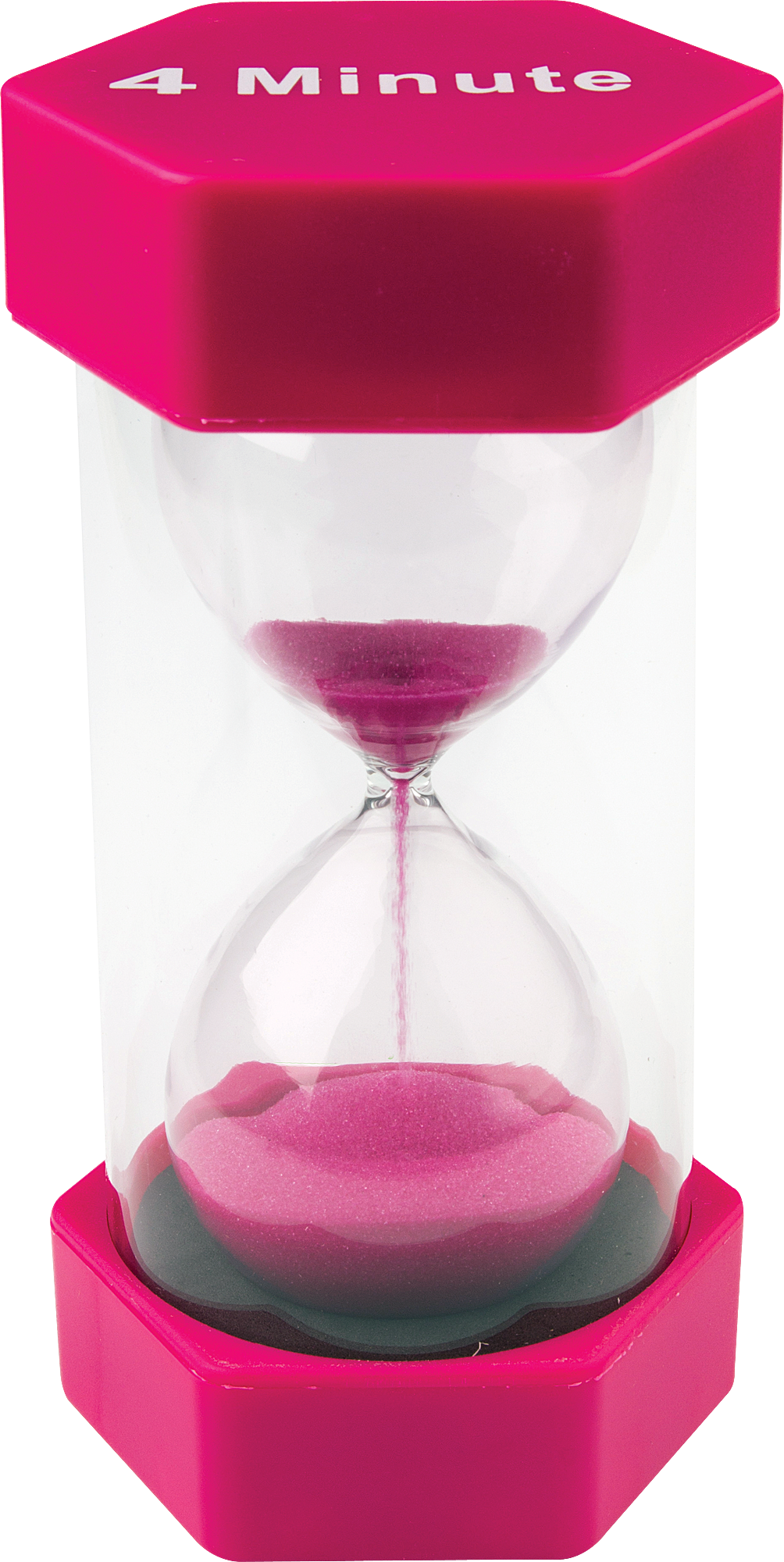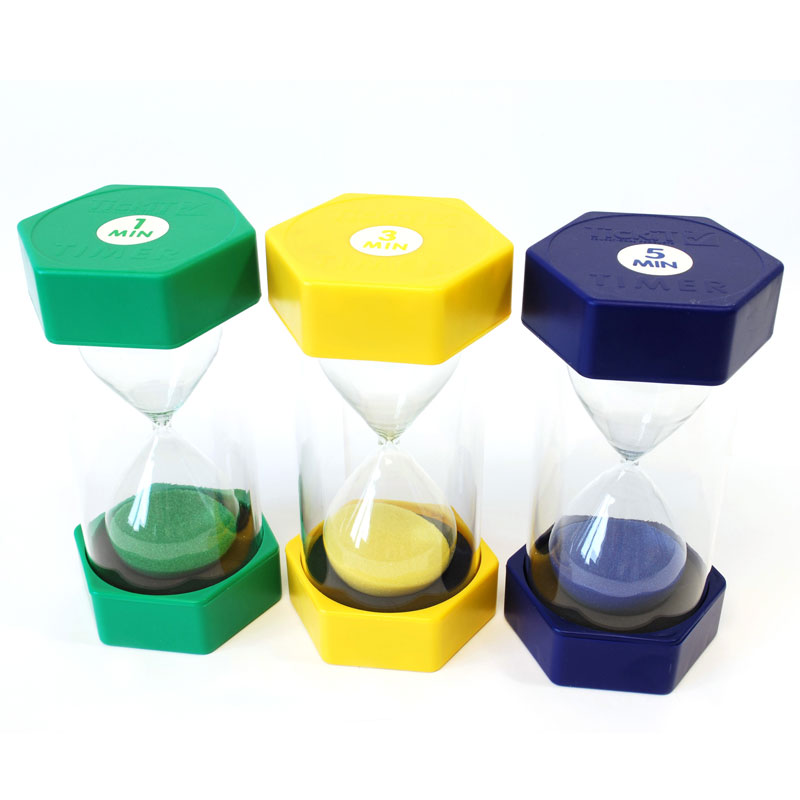

It was not until 1760 that both bulbs were blown together to keep moisture out of the bulbs and regulate the pressure within the bulb that varied the flow. The first hourglasses were two separate bulbs with a cord wrapped at their union that was then coated in wax to hold the piece together and let sand flow in between. While the main designs have always been ampoule in shape, the bulbs were not always connected. The glass bulbs used, however, have changed in style and design over time.

Little written evidence exists to explain why its external form is the shape that it is. Taking elements from the design logic behind the hourglass, he made a marine chronometer in 1761 that was able to accurately measure the journey from England to Jamaica accurate within five seconds. Not until the 18th century did John Harrison come up with a marine chronometer that significantly improved on the stability of the hourglass at sea. The oldest known surviving hourglass resides in the British Museum in London. Although they became relatively less useful as clock technology advanced, hourglasses remained desirable in their design.

The hourglass, however, did not disappear entirely. This was due to the development of the mechanical clock, which became more accurate, smaller and cheaper, and made keeping time easier. The smaller models were more practical and very popular as they made timing more discreet.Īfter 1500, the hourglass was not as widespread as it had been. Because they were being used for more everyday tasks, the model of the hourglass began to shrink. Hourglasses were commonly seen in use in churches, homes, and work places to measure sermons, cooking time, and time spent on breaks from labor. Hourglasses were essentially inexpensive, as they required no rare technology to make and their contents were not hard to come by, and as the manufacturing of these instruments became more common, their uses became more practical. As the use of mechanical clocks to indicate the times of events like church services became more common, creating a "need to keep track of time", the demand for time-measuring devices increased. The hourglass also found popularity on land. Seamen found that the hourglass was able to help them determine longitude, distance east or west from a certain point, with reasonable accuracy. The fact that the hourglass also used granular materials instead of liquids gave it more accurate measurements, as the clepsydra was prone to get condensation inside it during temperature changes. Unlike the clepsydra, the motion of the ship while sailing did not affect the hourglass. Marine sandglasses were very popular on board ships, as they were the most dependable measurement of time while at sea. Item, For four horologes of the same sort (" de eadem secta "), bought there, price of each five gross', making in sterling 3 s. orlogiis vitreis "), price of each 4½ gross', in sterling 9 s.
#Set timer 1 minute pro
"The same Thomas accounts to have paid at Lescluse, in Flanders, for twelve glass horologes (" pro xii. 1345, in a receipt of Thomas de Stetesham, clerk of the King's ship La George, in the reign of Edward III of England translated from the Latin, the receipt says: in 1345: The earliest recorded reference that can be said with certainty to refer to a marine sandglass dates from c. In the same period it appears in other records and lists of ships stores. The written records about it were mostly from logbooks of European ships. Use of the marine sandglass has been recorded since the 14th century.

But it was not until the 14th century that the hourglass was seen commonly, the earliest firm evidence being a depiction in the 1338 fresco Allegory of Good Government by Ambrogio Lorenzetti. There are no records of the hourglass existing in Europe prior to the Early Middle Ages the first documented example dates from the 8th century CE, crafted by a Frankish monk named Liutprand who served at the cathedral in Chartres, France. Temperance bearing an hourglass detail Lorenzetti's Allegory of Good Government, 1338


 0 kommentar(er)
0 kommentar(er)
